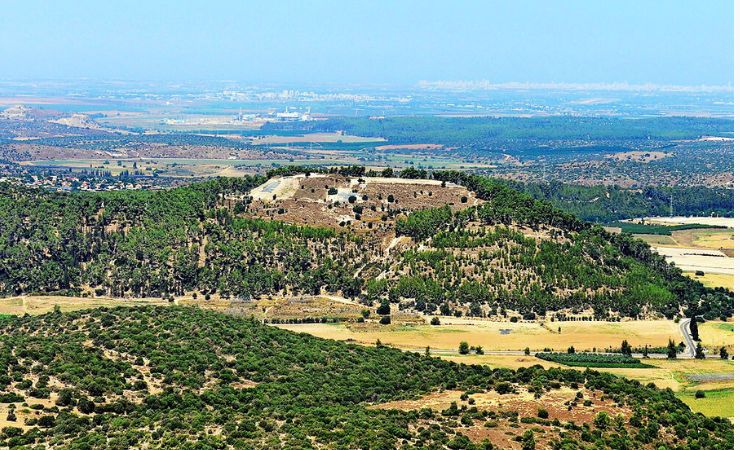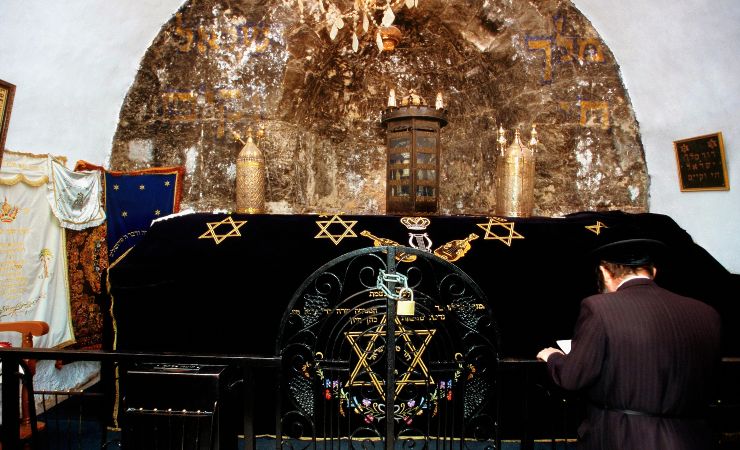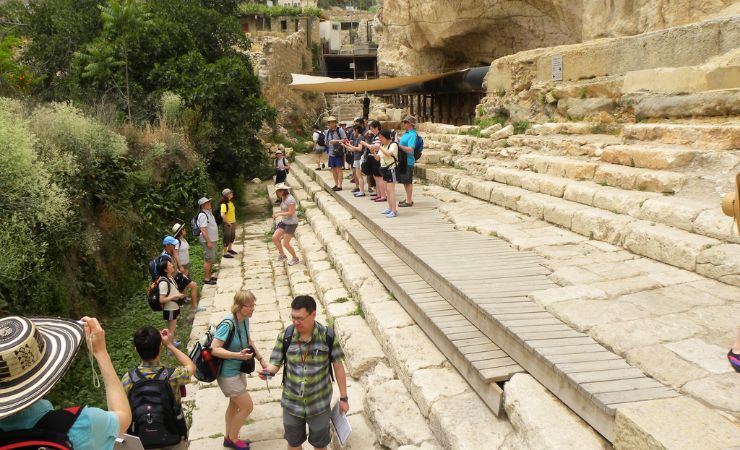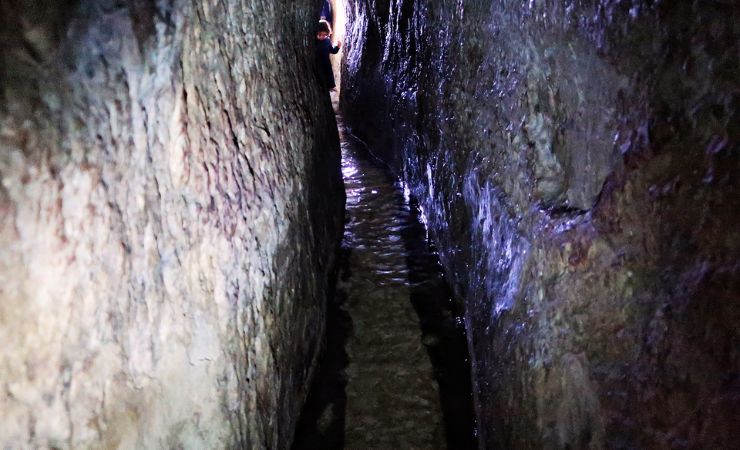Tel Azeka: A Window into Israel's Ancient Past
Tel Azeka, located in the lush Valley of Elah in central Israel, was an ancient city, perched on a hill overlooking the valley. It has been the backdrop for some of the most famous biblical and historical events, most notably the legendary battle between David and Goliath.

Where is Tel Azeka Located?
Tel Azeka is situated approximately 26 kilometers southwest of Jerusalem and 18 kilometers southeast of Bet Shemesh. The site lies within the Shephelah region, a series of low hills between the coastal plain and the Judean Mountains, offering stunning views of the Valley of Elah, the coastal plain, and surrounding hills.
Biblical context
Tel Azeka is closely tied to the biblical narrative of David and Goliath. The battle described in 1 Samuel 17 occurred between Socoh and Azeka, where the young shepherd David famously defeated the giant Philistine warrior Goliath. This event cemented Azeka’s place in the collective memory as a symbol of faith and courage. Additionally, Azeka is mentioned in several other biblical texts, including the accounts of King Rehoboam fortifying the city (2 Chronicles 11:9) and its role during the Babylonian siege of Judah, as referenced in Jeremiah 34:7
When the king of Babylon’s army fought against Jerusalem and the cities of Judah that were left, against Lachish and Azekah; for these were the only fortified cities remaining in Judah.



Tel Azeka's History
Tel Azeka’s story unfolds across millennia, beginning in the Early Bronze Age around 3500 BCE. This ancient city first emerged as a fortified settlement, strategically positioned on a hilltop in the fertile Valley of Elah. By the Middle and Late Bronze Ages, Azeka had blossomed into a thriving urban center, its prosperity evident in the rich array of Egyptian artifacts uncovered by archaeologists. These discoveries suggest that Azeka was deeply connected to the powerful civilizations of the time, particularly Egypt, as seen in items like scarabs and seals that were used for trade and religious practices.
However, Azeka’s fortunes took a dramatic turn at the end of the Late Bronze Age. The city was violently destroyed, a catastrophe marked by the discovery of human skeletons buried under the rubble, likely the victims of either a natural disaster or an invading force. For several centuries, the city lay in ruins until it was resettled during the Iron Age.
As Azeka entered the Iron Age, it became a significant stronghold for the Kingdom of Judah. The Bible mentions it as one of the cities fortified by King Rehoboam, making it a crucial defense point against the Philistines. The city’s strategic importance did not go unnoticed by the mighty Assyrian Empire. In 701 BCE, the Assyrian king Sennacherib besieged and captured Azeka, describing it in vivid detail as a fortified city with towers “like iron daggers” reaching towards the heavens. This conquest underscored Azeka’s role as a key defensive outpost on Judah’s western frontier.
The city’s history continued to be tumultuous. During the Babylonian conquest of Judah in 587 BCE, Azeka was one of the last cities to fall, a fact noted in both the biblical texts and in a poignant letter from the nearby city of Lachish, which described the fall of Azeka as the fires from its signal towers disappeared from the horizon. Despite this destruction, Azeka was resettled during the Persian period, becoming part of the restored province of Judah. Its legacy endured through the Hellenistic and Roman periods until it was eventually abandoned following the Bar Kochba revolt in the 2nd century CE.
The layers of history at Tel Azeka, from its Canaanite roots to its role in the rise and fall of kingdoms, offer a compelling narrative of survival, destruction, and rebirth, making it one of Israel’s most intriguing archaeological sites.
What Can Be Found at the Site
Fortification Walls: Remnants of the ancient city walls, dating back to various periods, including the Canaanite and Judean eras.
Assyrian Siege Ramp: Archaeological evidence of the Assyrian siege led by Sennacherib, including the remnants of siege ramps.
Egyptian Artifacts: Numerous artifacts, such as scarabs and seals, highlight Azeka’s connections with Egypt during the Bronze Age.
Scenic Overlook: A vantage point at the top of the tel offers panoramic views of the Valley of Elah, bringing the landscape of the David and Goliath story to life.
Nearby Sites
Tel Lachish: Another significant biblical city known for its dramatic siege by the Assyrians, located a short drive from Tel Azeka.
Bet Guvrin–Maresha National Park: A UNESCO World Heritage site with ancient cave systems and archaeological sites.
Beit Jamal Monastery – a serene monastery has a beautiful church, and the production of wine and olive oil by the resident monks.
Latrun Monastery: Located near the Ayalon Valley, is a tranquil site renowned for its stunning architecture, vineyards, and the production of exquisite wines by Trappist monk.
Tel Gezer – Tel Gezer is an ancient archaeological site in Israel, known for its biblical significance and well-preserved Canaanite and Israelite ruins.



